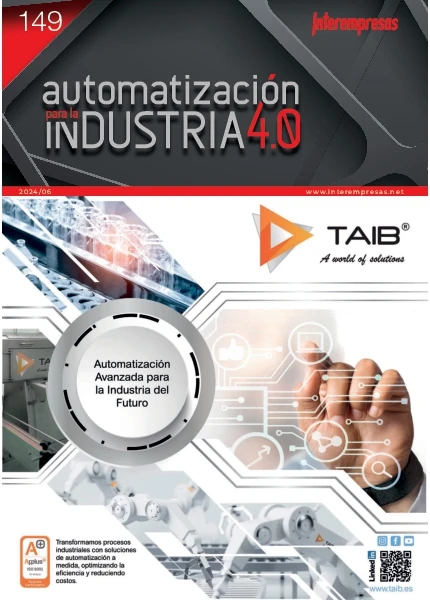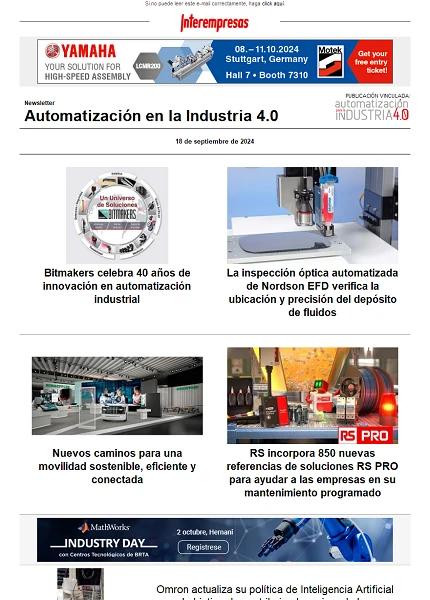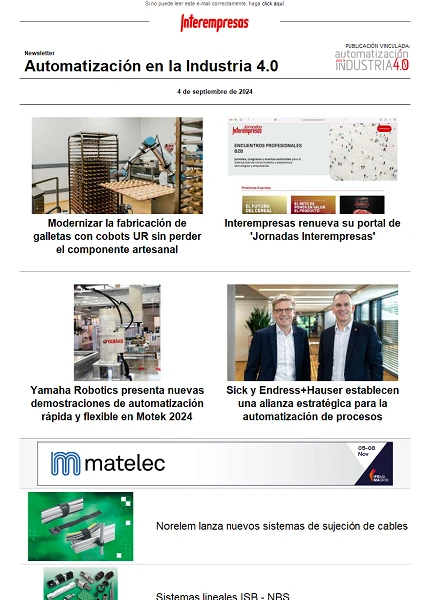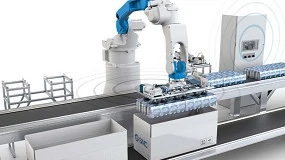Una tesis doctoral estudia cómo mejorar la navegación visual de los robots móviles
7 de abril de 2010
El investigador Iván Villaverde, miembro del Grupo de Inteligencia Computacional de la Facultad de Informática de la UPV/EHU, ha presentado una tesis doctoral sobre la aplicación de algoritmos que se emplean en la línea de investigación del análisis de imágenes hiperespectrales. 'On computational intelligence tools for vision based navigation of mobile robots' (Técnicas de inteligencia computacional para navegación visual de robots móviles) es el título de este trabajo que estudia cómo mejorar la localización especial así como los recursos de pequeños robots móviles de uso en el entorno laboral, a través de técnicas que no se habían probado en el ámbito de la robótica con anterioridad. Para ello, se ha inspirado en un sistema algebraico, la computación reticular, que se emplea en la investigación de la hiperespectrometría. El sistema se basa en conjuntos de datos, en vez de números, con un ordenamiento interno concreto.
En su investigación, Villaverde ha utilizado dos tipos de sensores básicos que actuarían como los ojos de estos robots móviles: las cámaras ópticas y las cámaras 3D de detección de rango. Con la intención de que estos ojos trabajen de forma adecuada, el investigador ha tenido en cuenta tres cuestiones básicas: la localización del robot y su capacidad para detectar sus propios movimientos así como la habilidad para construir un mapa de cualquier entorno que le sea desconocido. Tres incógnitas a las que se han aplicado técnicas como la computación reticular para la autolocalización del robot en mapas cualitativos y la detección de balizas visuales con cámaras ópticas. Por otra parte, Villaverde también ha empleado un sistema híbrido que mejora la localización métrica con cámaras de 3D: técnicas de evolución y redes neuronales competitivas. Las primeras constituyen algoritmos genéticos, y las segundas, códigos que actúan como el sistema nervioso del ser humano. Ambas se asemejan a las mutaciones y evoluciones humanas. El investigador ha aplicado estas técnicas a las cámaras 3D; principalmente a la estimación de las transformaciones entre vistas 3D, y a su vez, al presumible movimiento del robot.









































